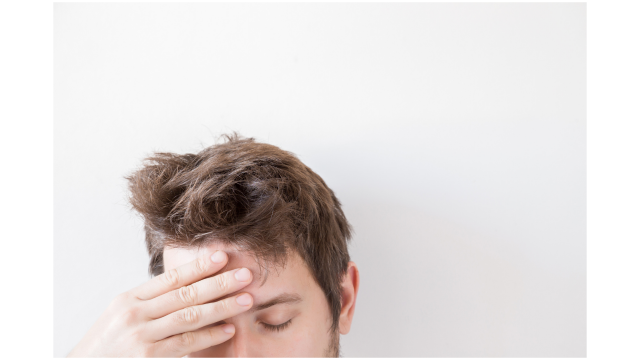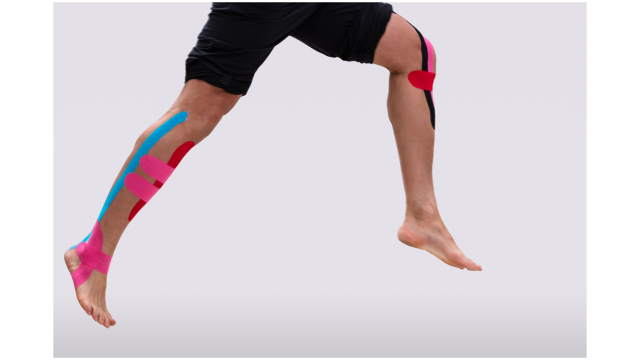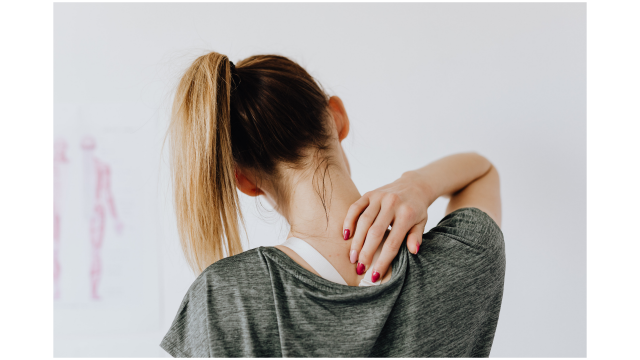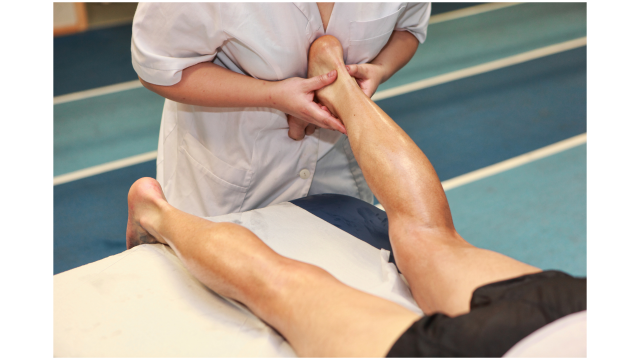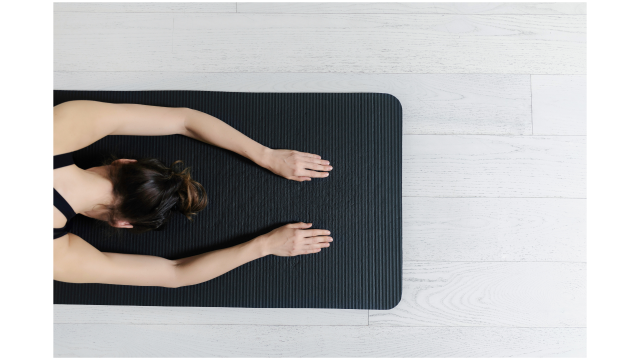Dislocated Shoulder
Why do shoulders dislocate so often!? There are multiple factors contributing towards that answer… The First and most obvious one is the shape of bones that comprise the shoulder joint. The joint capsule surface is only mildly concave when compared to the hip. This means that it is easier for the head of the humerous…



